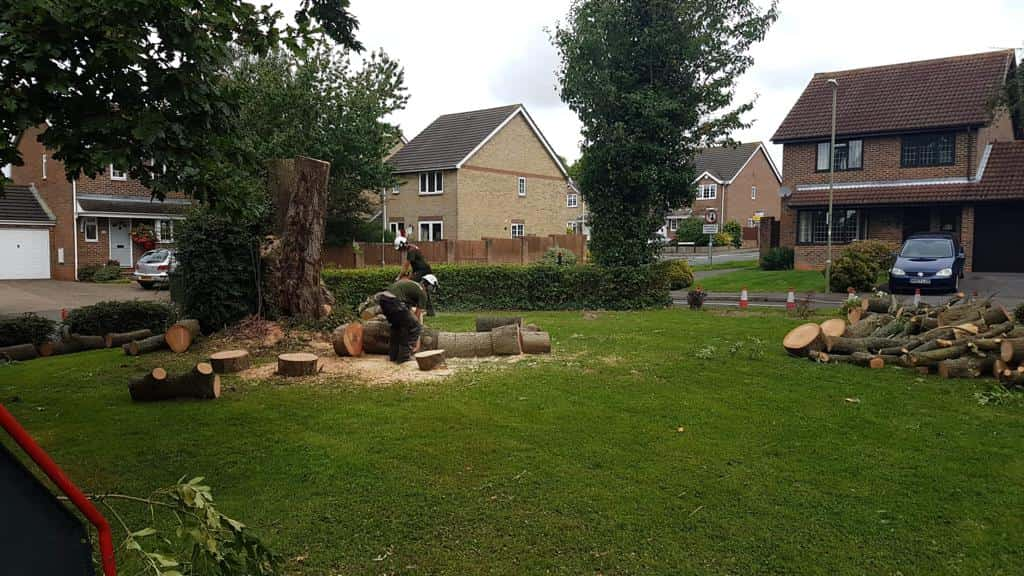Trees are a valuable part of our landscapes — offering beauty, shade, ecological benefits, and increased property value. However, like any living organism, trees can become damaged by storms, disease, pests, or environmental stress. When this happens, many homeowners and landowners wonder: is tree surgery always necessary? At NS Tree Surgery Redhill, we help residents across Redhill, Surrey assess tree damage with care and provide honest, professional guidance on whether intervention is required.
This article explores when tree surgery is essential, when it may not be needed, and how to make an informed decision about your trees.
Understanding Tree Damage
Not all damage means a tree is dying or dangerous. Damage can range from minor surface wounds to major structural instability, including:
- Broken or hanging limbs
- Cracked trunks or split branches
- Storm damage or lightning strikes
- Fungal infections or decay
- Insect infestations
- Root disturbance or soil erosion
Proper assessment is key to determining whether the tree can recover naturally or if professional intervention is the safer and more responsible option.
When Tree Surgery Is Necessary
1. Safety Hazards
- A tree with loose, hanging limbs poses a serious risk to people, buildings, and vehicles
- Cracks in the trunk or significant leaning may indicate structural instability
- Trees close to power lines or public footpaths must be assessed for immediate action
In these situations, prompt tree surgery is essential to eliminate danger and comply with duty of care obligations.
2. Contained Disease or Infestation
- Some infections (e.g. ash dieback, honey fungus) require removal of infected limbs or trees to prevent spread
- Early intervention can save the rest of the tree or nearby specimens
- Surgery may involve crown thinning, pruning, or full removal
Our team at NS Tree Surgery Redhill uses safe and approved methods to manage diseased or infested trees effectively.
3. Preventing Further Decline
- Trees suffering from repeated storm damage or environmental stress may need support to recover
- Crown reduction or bracing can help stabilise and prolong the tree’s life
- Tree surgery can improve airflow and light penetration, reducing susceptibility to disease
Timely care may restore health and prevent the need for full removal in future.
4. Obstruction or Property Damage
- Overgrown trees interfering with structures, utilities, or views may require reshaping
- Pruning or crown lifting can create clearance for buildings, driveways, and walkways
- Prevents root systems from damaging foundations or paving
Tree surgery in this context is often a practical solution to balance preservation with property use.
When Tree Surgery May Not Be Needed
1. Minor Cosmetic Damage
- Small broken twigs or superficial bark wounds often heal naturally
- As long as the tree is structurally sound, no action may be required
- Monitoring the tree for changes is usually sufficient
Nature can often take care of itself, especially with younger, vigorous trees.
2. Natural Growth Habits
- Not all unusual shapes or leanings indicate a problem
- Some species grow in asymmetrical or spreading forms without compromising stability
- A professional assessment will confirm whether intervention is necessary
Unwarranted tree surgery can cause stress or disfigurement to healthy specimens.
3. End-of-Life Trees in Remote Locations
- Dead or declining trees in open, low-risk areas may be left to decay naturally
- These trees can offer valuable habitats for wildlife and contribute to biodiversity
- Only when they pose a threat or nuisance should removal be considered
We always consider environmental impact and long-term ecological value before recommending removal.
The Importance of Professional Assessment
The decision to carry out tree surgery should always be based on:
- A thorough inspection by a qualified arborist
- Consideration of tree species, age, location, and condition
- Legal protections, such as Tree Preservation Orders (TPOs) or conservation area status
NS Tree Surgery Redhill offers expert evaluations across Redhill, Surrey and will always recommend the most appropriate, sustainable action — whether it’s pruning, removal, or simply monitoring.
Conclusion
Tree surgery is not a one-size-fits-all solution. While it is often necessary for safety, disease management, or property protection, not every damaged tree requires immediate or invasive treatment. Understanding the severity and context of the damage is essential in deciding the right course of action.
NS Tree Surgery Redhill provides honest, informed advice and high-quality tree care across Redhill, Surrey. Whether you’re dealing with storm damage, suspect disease, or want to maintain your outdoor space responsibly, our team is here to help.
Call us on: 01737 303 494
Click here to find out more about NS Tree Surgery Redhill
Click here to complete our contact form and see how we can help with your tree’s needs.

